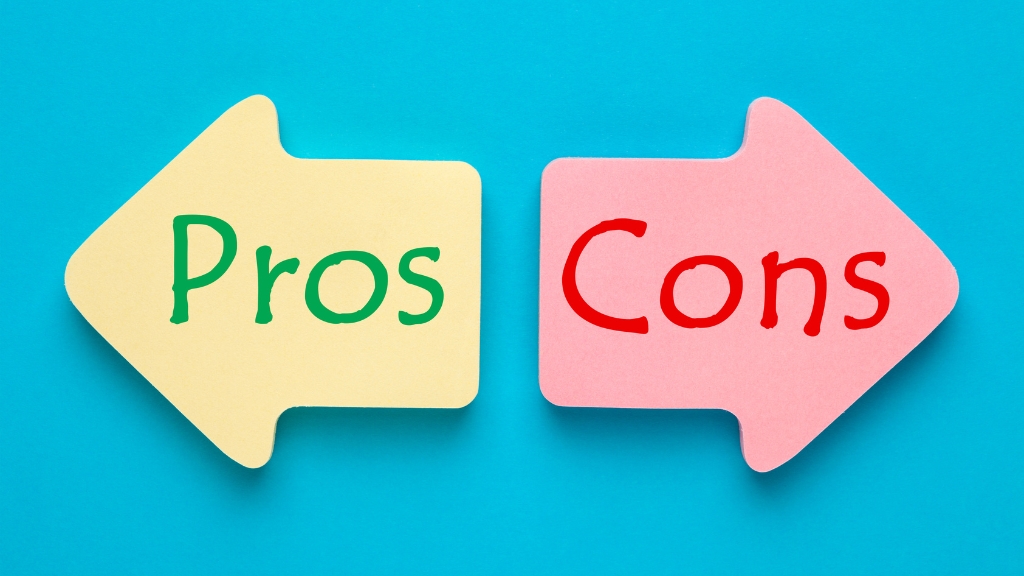
How does revenue affect profit?
Every business owner strives to make a profit. Profit is the money left over after all the expenses have been paid, and it is a measure of the success of a business. However, it is important to understand that profit is not the same as revenue. Revenue is the total amount of money that a business generates from its sales. While revenue is important, it does not guarantee a profit. In this blog post, we will discuss how revenue affects profit and provide tips on how to increase your business’s bottom line.
Understanding the relationship between revenue and profit
Revenue is not an accurate indicator of a business’s profitability. A business can have high revenue and still make little or no profit. This is because profit is calculated by subtracting all costs and expenses from revenue. So, the more a business spends, the less profit it will make. In other words, it is possible for a business to have high revenue but still run at a loss if expenses exceed revenue. Therefore, it is important to keep an eye on expenses as well as revenue.
Importance of cost control in maximizing profit
A key aspect of profit maximization is controlling costs. Every business has expenses that are necessary to run the business, such as rent, utilities, employee salaries, and inventory costs. However, unnecessary expenses can eat into profit margins. Therefore, it is important to identify and eliminate unnecessary expenses. This can often be achieved by negotiating with suppliers, optimizing inventory management, and reducing overhead costs.
Strategies for increasing revenue
While controlling costs is important, increasing revenue can also help boost profits. There are several ways to increase revenue, including expanding the customer base, introducing new products or services, and improving marketing strategies. By growing revenue, a business can increase its profit margins without having to cut costs.
The importance of pricing
Pricing is a critical element of revenue generation. Setting prices too low can result in lost revenue, while setting prices too high can result in lost sales. Therefore, it is important to find the right balance between prices that are competitive, but still profitable. It is also important to monitor pricing regularly to ensure that it remains aligned with market trends and customer preferences.
Monitoring the financials
Finally, it is important to regularly monitor the financial health of the business. This involves tracking revenue and expenses, analyzing profit margins, and making adjustments as needed. By closely monitoring financials, a business can identify potential problems and take corrective actions before they become serious.
Conclusion:
In conclusion, revenue is important but not the only factor that affects a business’s profitability. To maximize profits, a business should focus on both increasing revenue and controlling costs. By understanding the relationship between revenue and profit, using cost-control strategies, implementing revenue-generating tactics, setting the right prices, and monitoring financials, a business can improve its bottom line and achieve long-term success.
Leave a Reply
- AI in Diagnostics: Revolutionizing Early Detection and Accuracy
- How AI and Advanced Analytics Are Transforming Healthcare Outcomes
- Investing with Confidence: The Role of ROI Calculators
- How ROI Calculators Drive Data-Driven Business Strategies
- The Ultimate Guide to ROI Calculators for Business Success
- Making Sense of ROI Calculators: A Comprehensive Guide
- June 2025 (1)
- May 2025 (1)
- October 2024 (2)
- September 2024 (31)
- August 2024 (31)
- July 2024 (27)
- June 2024 (28)
- May 2024 (30)
- April 2024 (33)
- March 2024 (23)
- February 2024 (29)
- January 2024 (3)
- December 2023 (47)
- November 2023 (36)
- October 2023 (23)
- September 2023 (2)
- June 2023 (2)
- May 2023 (13)
- April 2023 (1)




